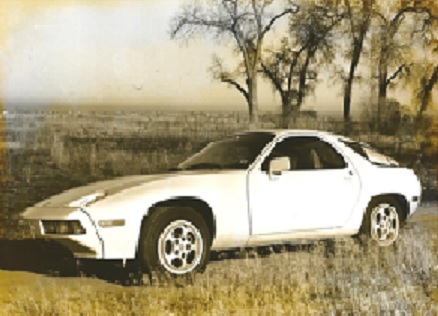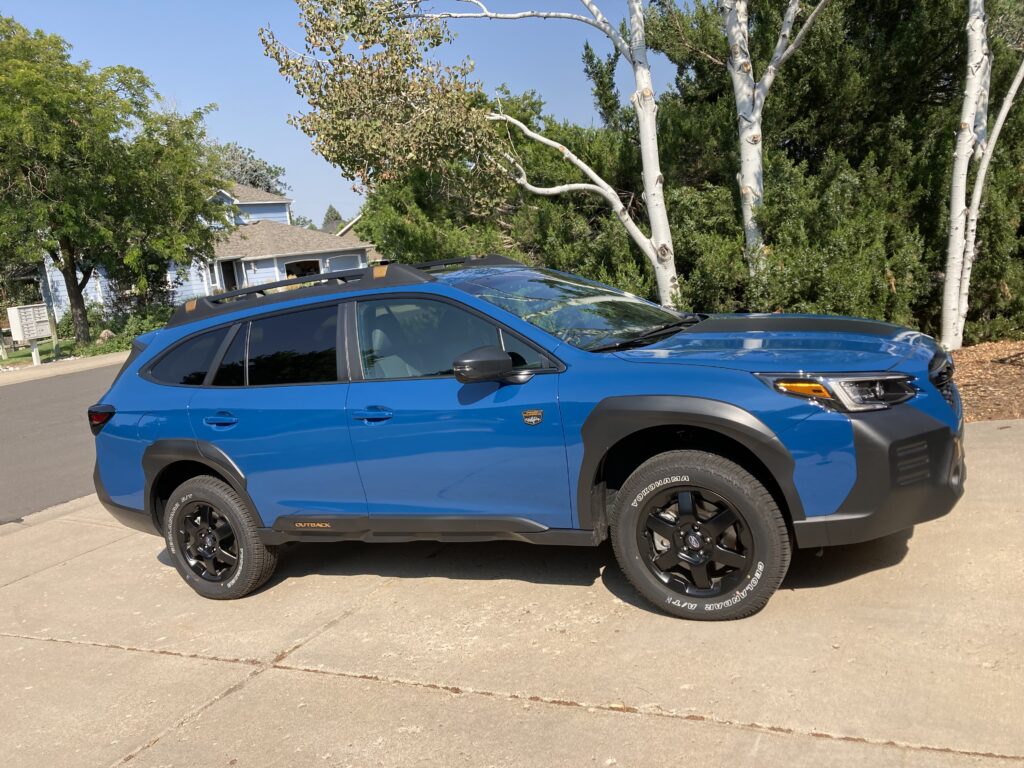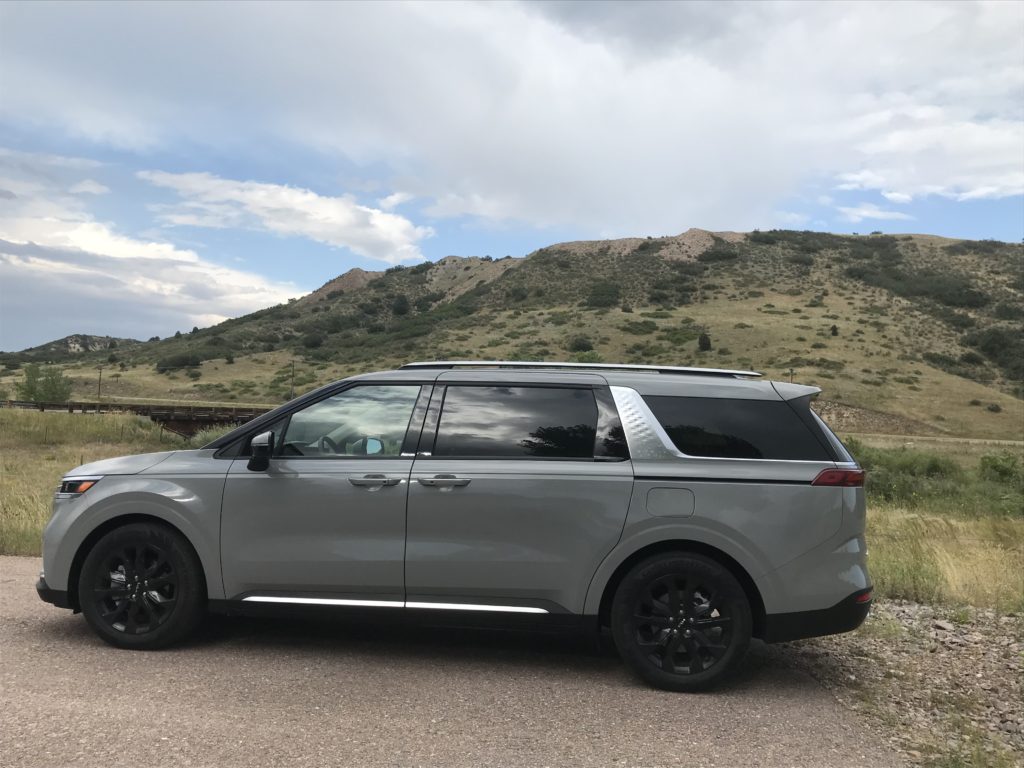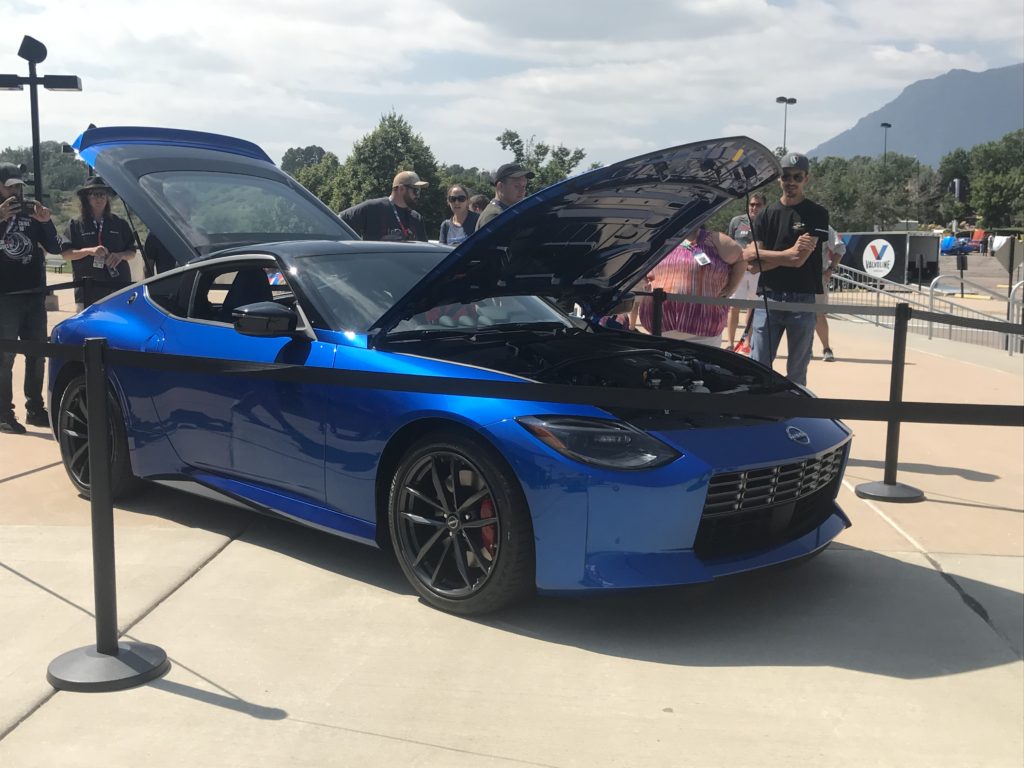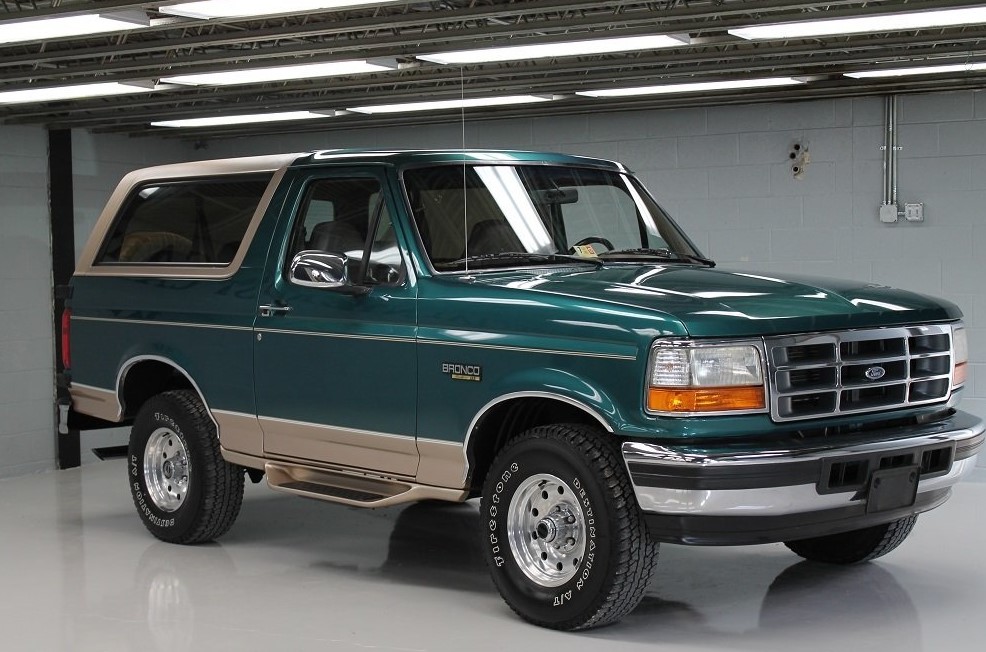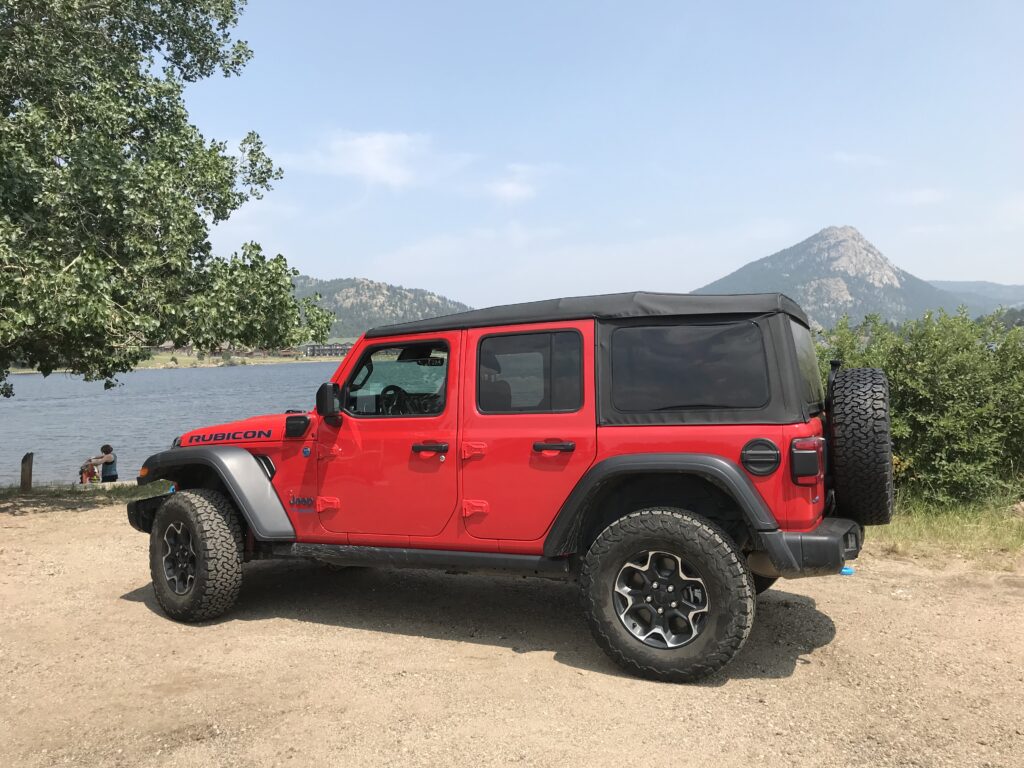
Jeep? Electrified?
I’ve seen it and driven it, a plug-in hybrid. For the Wrangler offroad star to be primed for the alternative power source probably means the entire automotive industry is making preparation.
In fact, Carlos Tavares, CEO of Stellantis which is new name of the FiatChrysler/PSA merger, said recently, “we’re committed to an electric future and will not make any major future investments in internal combustion engines.” Jeep was FiatChrysler sales leader.
Delivered to me was a 2021 Jeep Wrangler Unlimited Rubicon 4XE, a plug-in hybrid with a turbocharged, 2.0-liter, 4-cylinder engine and two electric motor-generator units and an 8-speed automatic transmission. Electricity is stored in a 400-volt, 17-kw lithium-ion battery pack beneath the rear seat for combined 375 horsepower and 470 lb.-ft. of torque.
Three choices of power source with buttons marked Hybrid/Electric/E-save. Hybrid, the default mode, combines torque from the turbocharged gas engine and electric motors as needed. It seems to favor electric use and, with limited range, this is expended fairly quickly. With moderate acceleration, speeds will reach into the low to mid-60s before the gas engine replaces the electric power. The Electric mode uses full electric power, as long as it is available, while the E-Save mode will preserve battery power.
Drove to Loveland, south on U.S. 287 to Longmont, west on Colo. 66 to Lyons and on to Estes Park. The red Wrangler drew interest, while most seemed impressed that Jeep has moved into the busy plug-in hybrid testing.
By the time we returned home, over two days we had driven 166 miles with two overnight charges providing 52 miles of electric range, resulting in an overall fuel mileage of 27.6 miles per gallon. The mpg peaked at 30.9 after Monday’s 26 electric miles had been expended. Then, under full gasoline power, it gradually dropped to 27.6.
It takes 12 hours to fully charge the 4xe with a Level 1 (120V) system plugged into a typical household outlet. A Level II (240V) charger can do it in approximately 2 hours.

Options worth $8,500 pushed the Jeep’s price past $60 grand at $61,265. Among those options are leather-trimmed and heated buckets, full-speed forward-collision warning, adaptive cruise control, advanced brake assist.
The two most recent Wranglers I’ve driven were higher-priced than the plug-in hybrid. They were the EcoDiesel at $64,380 and the 392 Hemi at $78,740.
The Rubicon trim level maintained the Wrangler’s offroad features, including Rock-Trac fulltime 4-wheel-drive, a 4:1 low-range gear ratio and electronic-locking front and rear differentials.
The SunRider One-Touch sliding roof opened most of the way back; it can be completely unbolted and removed, as can the four doors, and the windshield can be folded down.
Of the unveiling of the 4XE, Christian Meunier, Jeep brand chief executive officer, said, “We are committed to make Jeep the greenest and most exciting SUV brand. The electrification of the Jeep lineup will allow commuters to travel solely on electric power, delivering an efficient and fun on-road experience and offering an ability to enjoy even more off-road capability in nearly complete silence.”

